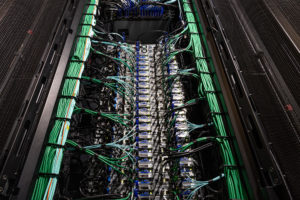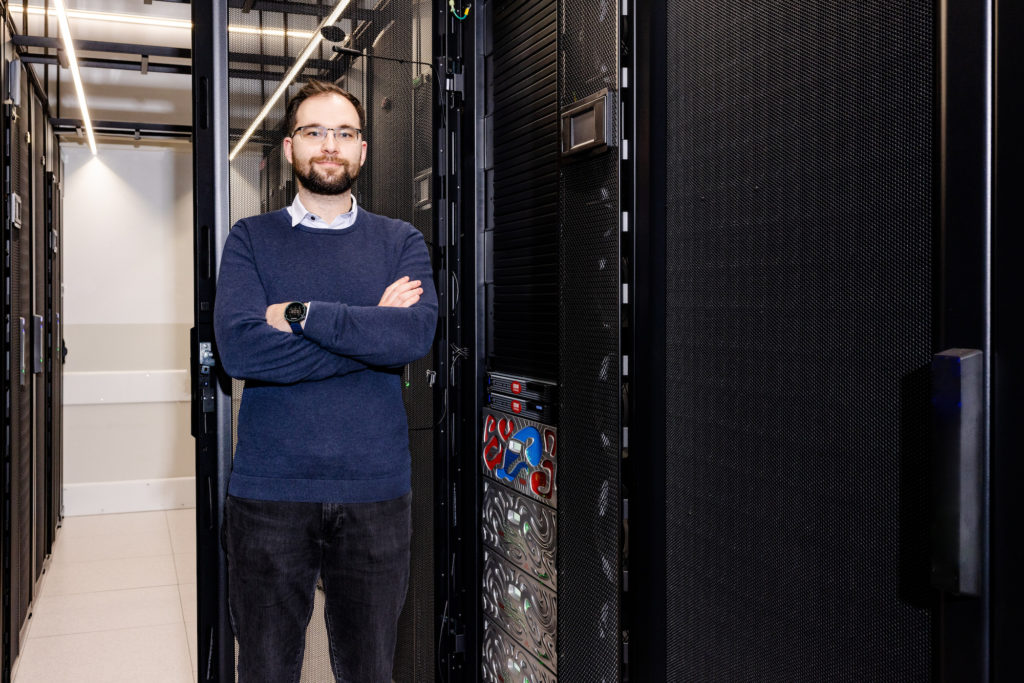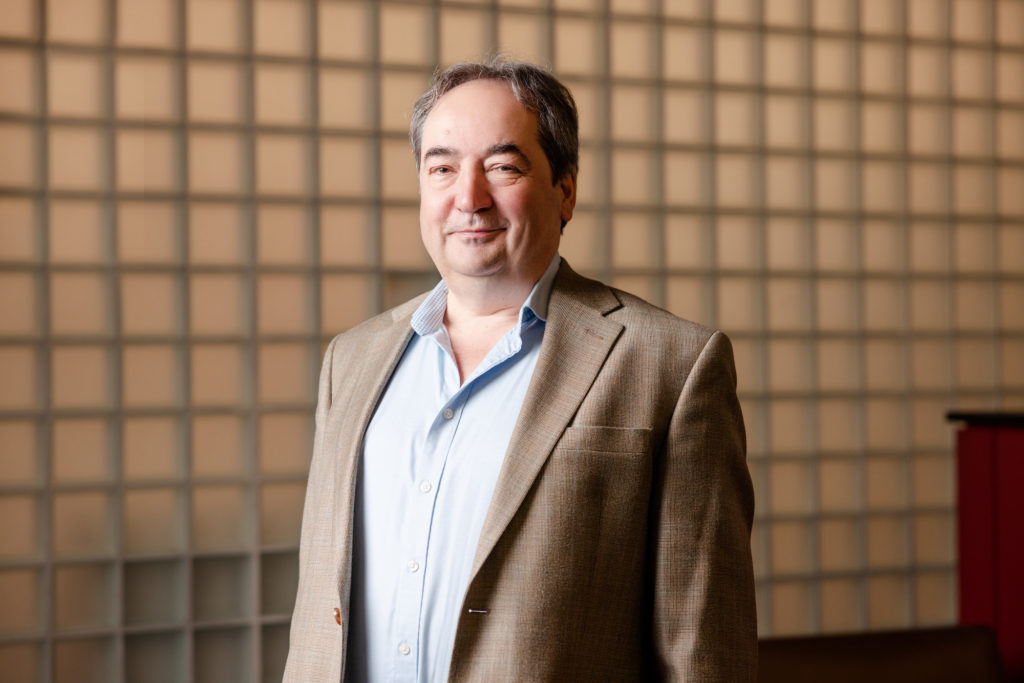When it comes to our medical data, our banking information, identifiable data or the emails and text messages we exchange daily, we rely on encryption as a first line of defence from attackers vying to steal our identity or cash. Our activity online gets encoded into unintelligible strings based on complex cryptographic algorithms – mathematical functions that transform the information to conceal it from everyone but the intended recipient. However, these algorithms are not designed to be unbreakable, but rather they’d take so long to break that it appears unattractive to an attacker – think

how a lock protects your bike on the street. If quantum computers, the next generation of computing, would arrive tomorrow, we would be living in a world where our current methods of cryptography could be broken by attackers in minutes. It would be no understatement that it could bring the digital foundations of modern society crashing down on us.
But what exactly is a quantum computer? Well, while the conventional computers we know and love encode information in the form of 0’s and 1’s, quantum computers use ‘qubits’. These qubits take the value of 0’s and 1’s, or an infinite range of values in between, at the same time. It’s the latter that gives quantum computers their power, something called ‘superpositioning’, and allows them to crack some so-called ‘hard’ problems exponentially faster that a classical computer. Quantum computers will cause a revolutionary change to data security, since the way our data is currently encrypted would be swiftly cracked by such computing power.
“New algorithms, based on new classes of problem thought to be impervious to quantum algorithms must be developed to allow us to continue to enjoy the benefits of the digital society.”
Peter Ryan, SnT Tweet

Researchers across SnT are part of projects assisting companies in their development of post-quantum cryptographic algorithms. These are the algorithms that will protect our data once large-scale quantum computers become widely accessible. Today’s algorithms are not hackproof, but it would require excessive time for a normal computer to decipher the meaning behind the coded message. Decoding something that takes too long is simply not an option for cybercriminals.
SnT’s Applied Security and Information Assurance research group (APSIA), CryptoLux and Signal Processing and Communications (SIGCOM) research groups have all taken on post-quantum cryptography research this year. In collaboration with LuxTrust S.A., the APSIA group, led by Prof. Peter Ryan, and SnT’s Quantum Lab are working to migrate LuxTrust’s security systems to a post-quantum world. “In the ‘60s, public key cryptography made our digital society possible, but now with the prospect of quantum computers just over the horizon, the foundations of the Internet’s security will be undermined. New algorithms, based on new classes of problem thought to be impervious to quantum algorithms must be developed to allow us to continue to enjoy the benefits of the digital society,” said Prof. Ryan.
"We are confident that thanks to the expertise of SnT researchers, we will deliver practical solutions of answers to real industry challenges.”
Fabrice Aresu, CEO of LuxTrust Tweet
Speaking of the collaboration, CEO of LuxTrust, Fabrice Aresu, shared, “We are confident that thanks to the expertise of SnT researchers, we will deliver practical solutions of answers to real industry challenges that will further benefit clients using our digital services.”
Along a similar vein, in July 2021, it was announced that a consortium of entities in Luxembourg would be responsible for developing a secure communications shield against cyber threats based on quantum technology. The initiative, known as Luxembourg’s Quantum Communications Infrastructure (LuxQCI), is being coordinated by the Department of Media, Telecommunications and Digital Policy (SMC) of the Luxembourg’s Ministry of State, supported by the European Space Agency and Luxembourg Space Agency. The consortium of companies who will tackle this endeavour consists of SnT’s Apsia group, utilising the expertise of the Quantum Lab, as well as SES, LuxTrust, InCert, iTrust Consulting and LuxConnect.

Elsewhere at SnT, researchers within the CryptoLux research group participated in a Microsoft challenge to break ‘toy’ security parameters of the Supersingular Isogeny Key Encapsulation (SIKE) – one of the candidates in the new generation of quantum-resistant public key cryptographic algorithms. Researcher, Giuseppe Vitto, and former alumnus turned research associate, Dr. Aleksei Udovenko, took on the challenge. By developing new mathematical methods, participants were expected to find a way to disrupt the algorithm. “If anybody managed to break it, of course, it meant the parameters needed to be revised,” says Vitto. The team came up with a simple, yet well-thought-out solution to one of the instances in the High-Performance Computing (HPC) facility at the University of Luxembourg, and were subsequently awarded a prize of $5,000. This remains a huge achievement in the cryptography community, and Vitto is not ready to back down from the higher instance challenge.
As the industry enters into a new era of computing, growing research and findings on post-quantum cryptography will ensure a smooth transition in a safe environment for everyone. Providing resilient and trusted systems remains SnT’s mission today for the challenges of tomorrow.